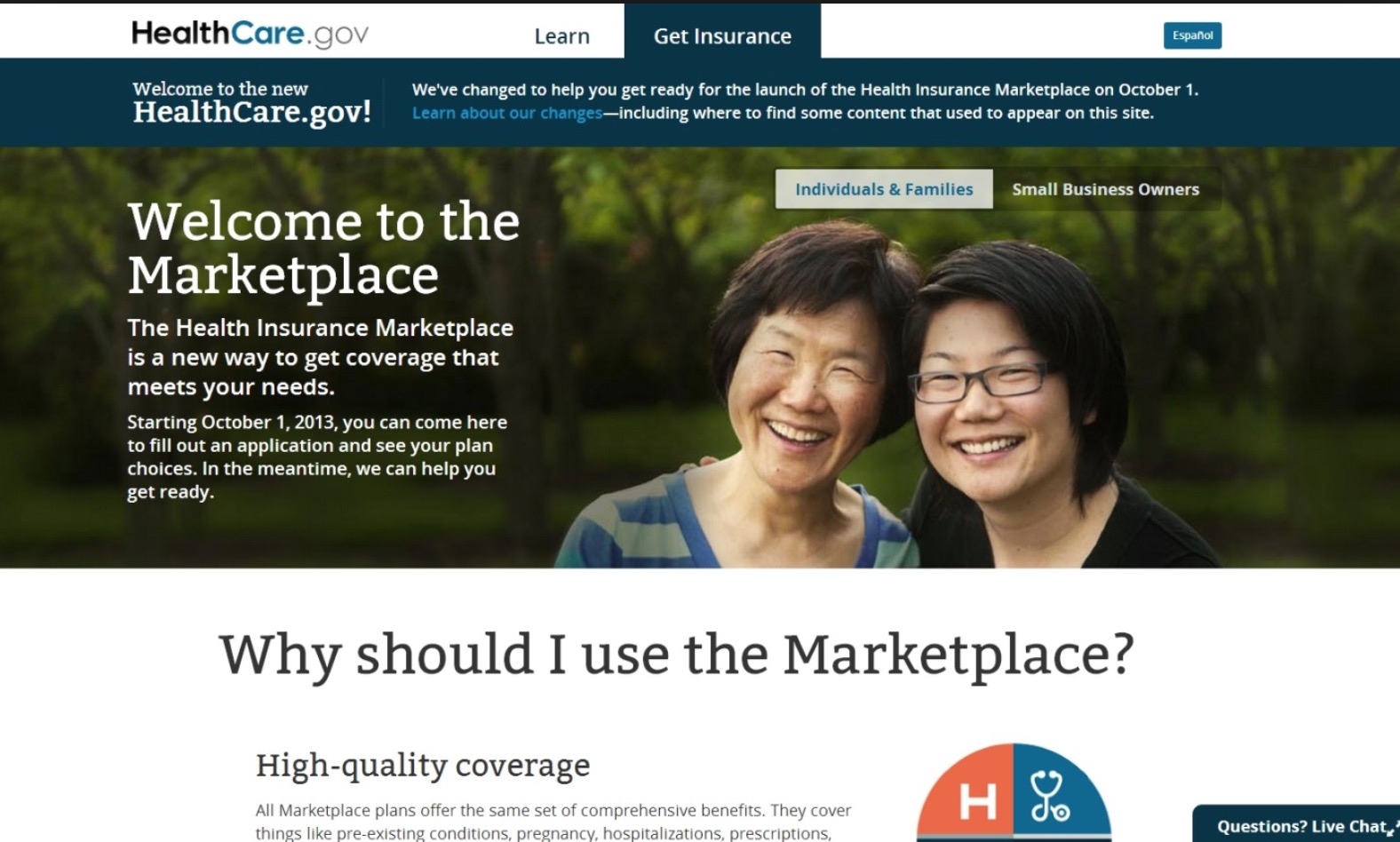
Every so often, voters conspire to hand unambiguous control over the federal government to a single political party. It is rarely the unmixed blessing that party strategists dream it to be. President Clinton got a Democratic Congress, and promptly lost it two years later in the wake of the famously unproductive HillaryCare debate. President George W Bush invaded Iraq. Lyndon Johnson waged War on Poverty and sent a half-million baby boomers to Vietnam.
More recently, President Obama had a (brief) filibuster proof Senate majority and an eighty vote House majority entering 2009. Despite this huge advantage, the passage of ObamaCare turned into a costly, fifteen-month political cliffhanger. A lot of Obama’s problem wasn’t merely an increasingly angry Republican minority but a substantial (and imperiled) moderate wing of his own party.
What can the resurgent Republicans learn from these cautionary tales as they enter Donald Trump’s Presidency? What they will come to realize is that often, “friendly fire” is as perilous a risk as anything the other party throws at you. The Republicans are actually in a much less strong position than they appear as they enter 2017.
Today’s Republican Party is actually riven into at least four distinct factions, each of which has its own health policy agenda and hot buttons. Arrayed from Far Right to Center Right, these factions are:
- The Hamburger Hill Republicans. (See Wikipedia definition.) Exemplars include the House Freedom Caucus, who won office in the Tea Party rebellion, and would be perfectly comfortable repealing ObamaCare without replacing it, and letting states, particularly of the blue variety, sort out the carnage. A lot of them are “safe seat” Red State Republicans who can afford to take some electoral risks in the name of party principle.
- The Take Your Castor Oil Republicans. Exemplars include most prominently Speaker Paul Ryan, and also HHS Sec. Designate Dr. Tom Price, who believe that entitlement reform is actually a bigger deal, fiscally and politically, than repealing ObamaCare, and who favor cutting entitlement spending, “pro-competitive solutions” (whatever that means in a highly concentrated health industry), and also compelling “wealthy” Americans to pay a bigger share of their healthcare bill.
- The Pragmatic Republicans. Exemplars include: Lamar Alexander, Orrin Hatch and Kevin Brady, all burdened with the realism borne of Chairmanships of major Committees, all of whom would prefer to strap on a parachute before exiting the airplane on Repealing and Replacing ObamaCare and who are also cognizant of the cost of ownership of the healthcare issue.
- Ten Republican Governors Who Expanded Medicaid. Exemplars include: Governors Snyder, Kasich, Brewer, Sandoval, Martinez, Baker, etc. whose states could be on the hook for billions in additional state costs if ObamaCare’s ten million person Medicaid expansion is scaled back. Each of these Governors has Two Senators to advocate on their states’ behalf. Vice President to be Pence also expanded Medicaid while Governor of Indiana.
Interestingly, the new Republican standard bearer, Donald Trump (who was until 2012 registered for thirteen years in New York’s independent but left-leaning Reform party), ran to the left of his Congressional base on healthcare issues. While he advocated “repeal and replacement ” of ObamaCare with “something terrific” (aka “TerrifiCare”), he also advocated “covering everybody” and “not cutting Social Security or Medicare”. Continue reading…















